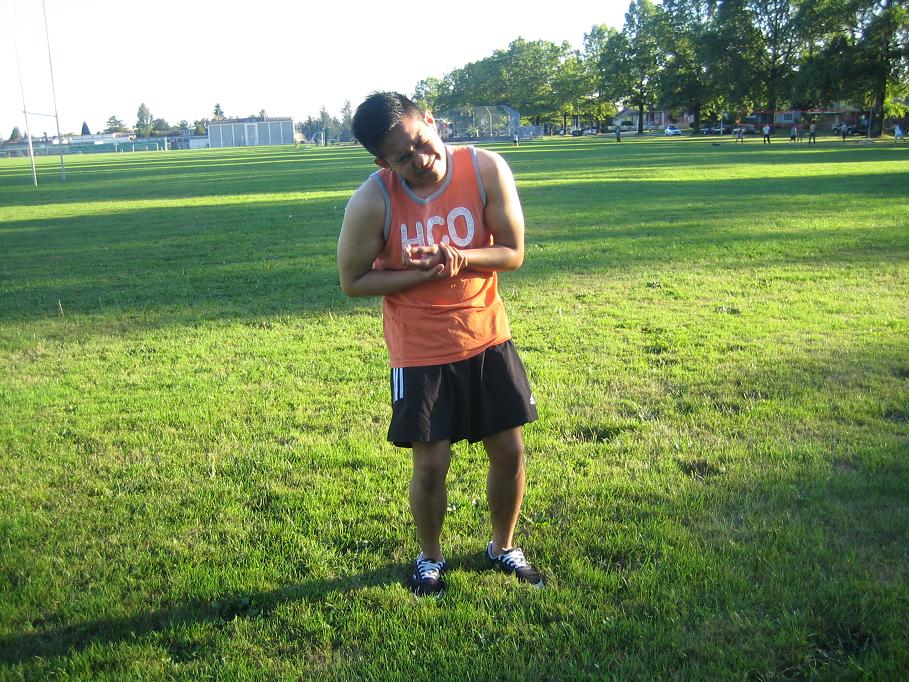A jammed finger is common in various sports but can also occur while performing daily activities. Even if the affected finger appears normal and moves normally, it requires medical care. The anatomical structure of the finger joint is complex and various forms of injuries can result to lasting issues if left undiagnosed or untreated.
What are the possible causes?
A jammed finger is likely to occur once the fingertip is compressed towards the hand. As the finger is being compressed, the ligaments that support the joints are stretched out or sprained.
The ligaments are the soft tissues that secure bone to bone. If the force is higher, the more severe the sprain is. In case the force is strong enough, the ligaments can end up fully torn. Remember that other injuries that can occur from violent forces can include fractures, dislocation and torn tendons.
What are the indications?

A jammed finger can cause pain and inability to bend, straighten or hold objects using the fingers.
Management
The doctor will determine how and when the injury occurred. A physical examination is carried out to assess the finger position, movement and presence of pain and swelling. An X-ray is usually taken and even other studies such as a CT scan or MRI.
A jammed finger is usually managed with or without surgery depending on the severity of the injury. In some injuries, they are managed with a splint or buddy strapping to the adjacent finger. Remember that these treatments are often done along with the care of a hand therapist.
For severe injuries, surgery is required. Even with simple sprains, the finger might become swollen for up to a year. The doctor will determine the suitable approach on a case-to-case basis.
More Information / Disclaimer
The information posted on this page on a jammed finger is for learning purposes only. Learn to recognize and manage bone, joint and muscle injuries including a jammed finger by taking a standard first aid course with Red Deer First Aid.

